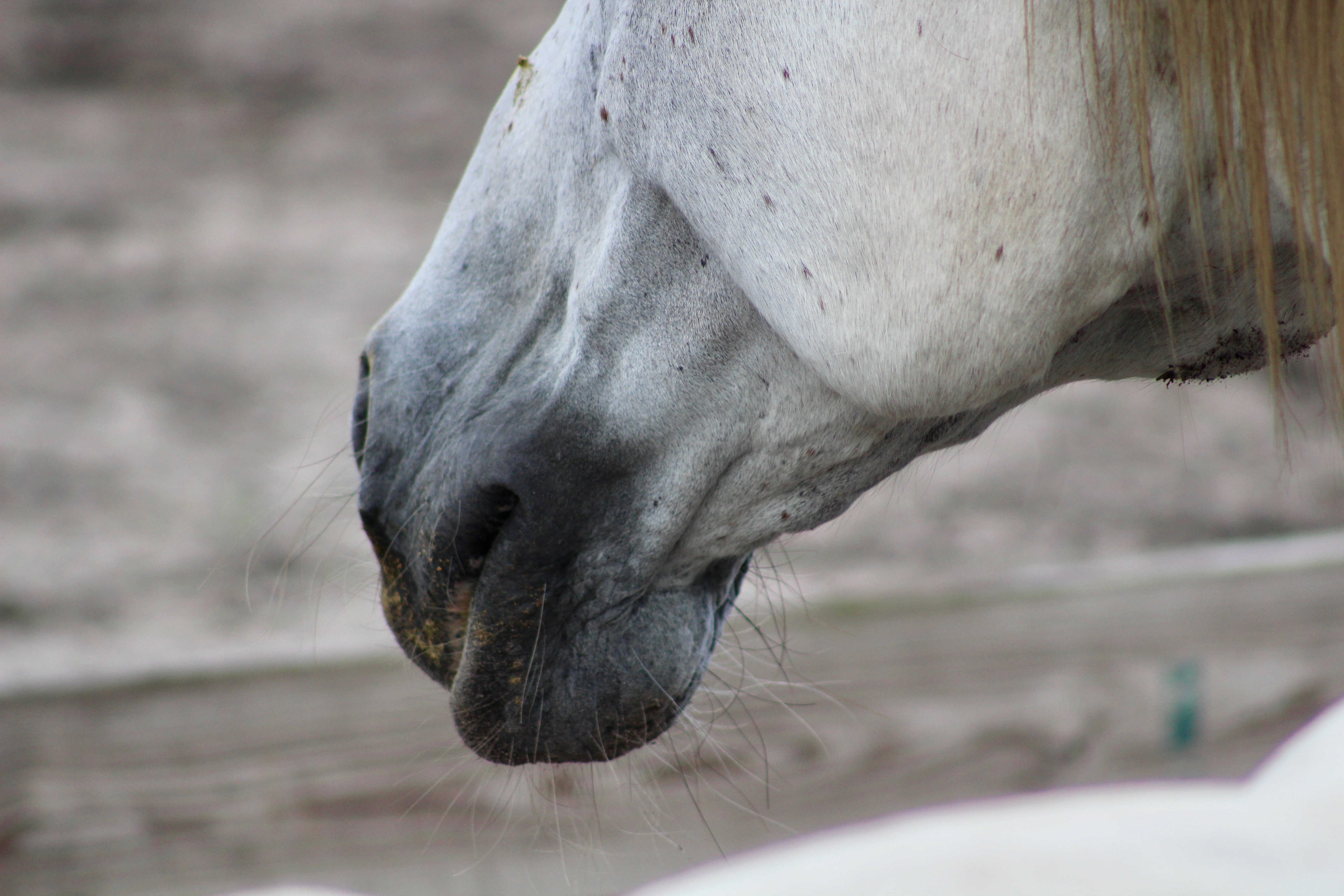Listen here:
Your horse’s pulse offers insights into his health and fitness. Checking his pulse isn’t as easy as monitoring your own, but with practice you can master the technique.
It’s easiest to take a horse’s pulse on his facial artery, which runs underneath his jaw. You’ll find this cordlike structure about an inch behind the junction of the rounded cheek and the straight jawbone.

To amplify the pulse, making it easier to detect, press the hardest with your index finger, slightly less with the middle finger, and lightest with the ring finger. Next, use the second hand on your wristwatch to count each surge of blood you feel in 30 seconds, and multiply that number by two.
A horse at rest will typically have a pulse rate between 30 and 40 beats per minute. If a horse who hasn’t just finished exercising has a pulse rate of 50 beats per minute or higher, he may be ill or in pain, so it’s wise to consult your veterinarian.
Click here to learn what your veterinarian wants you to know about antibiotics.
A good gauge of a horse’s fitness is how quickly his pulse returns to its resting rate post-exercise. After exertion, a horse’s pulse will probably be between 120 beats and 150 beats per minute, or some-times higher.
A horse is generally considered fit when his pulse drops to 70 beats a minute 10 minutes after stopping intense exercise and to below 60 beats 10 minutes after moderate exercise.
Don’t miss out! With the free weekly EQUUS newsletter, you’ll get the latest horse health information delivered right to your in basket! If you’re not already receiving the EQUUS newsletter, click here to sign up. It’s *free*!









